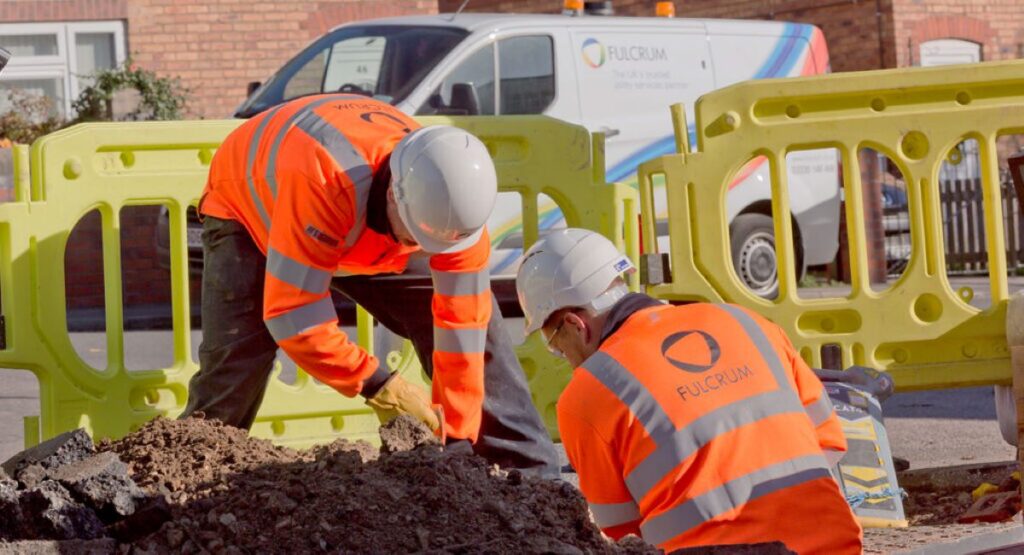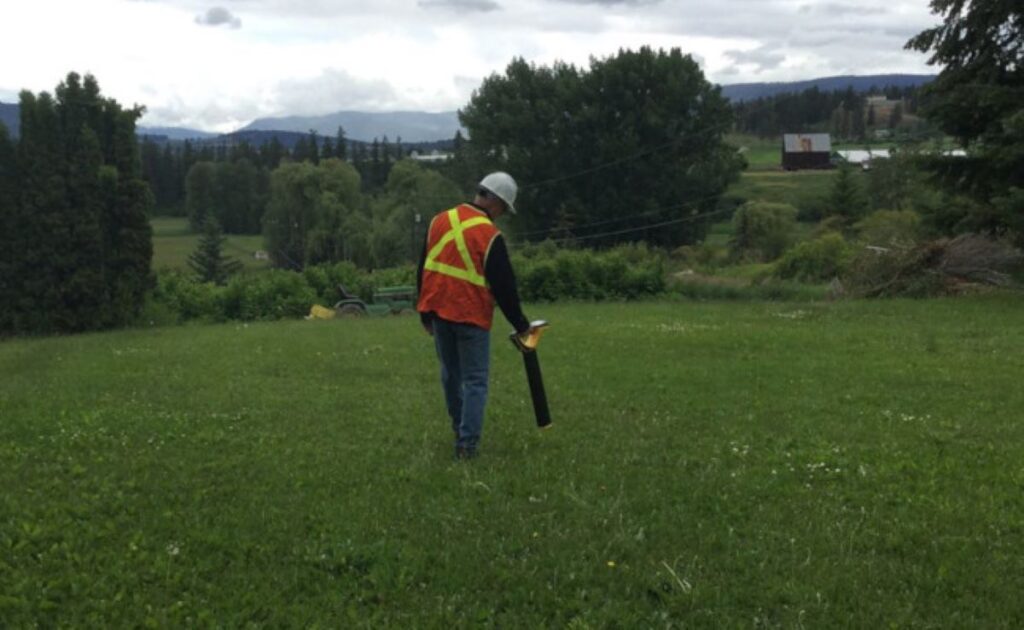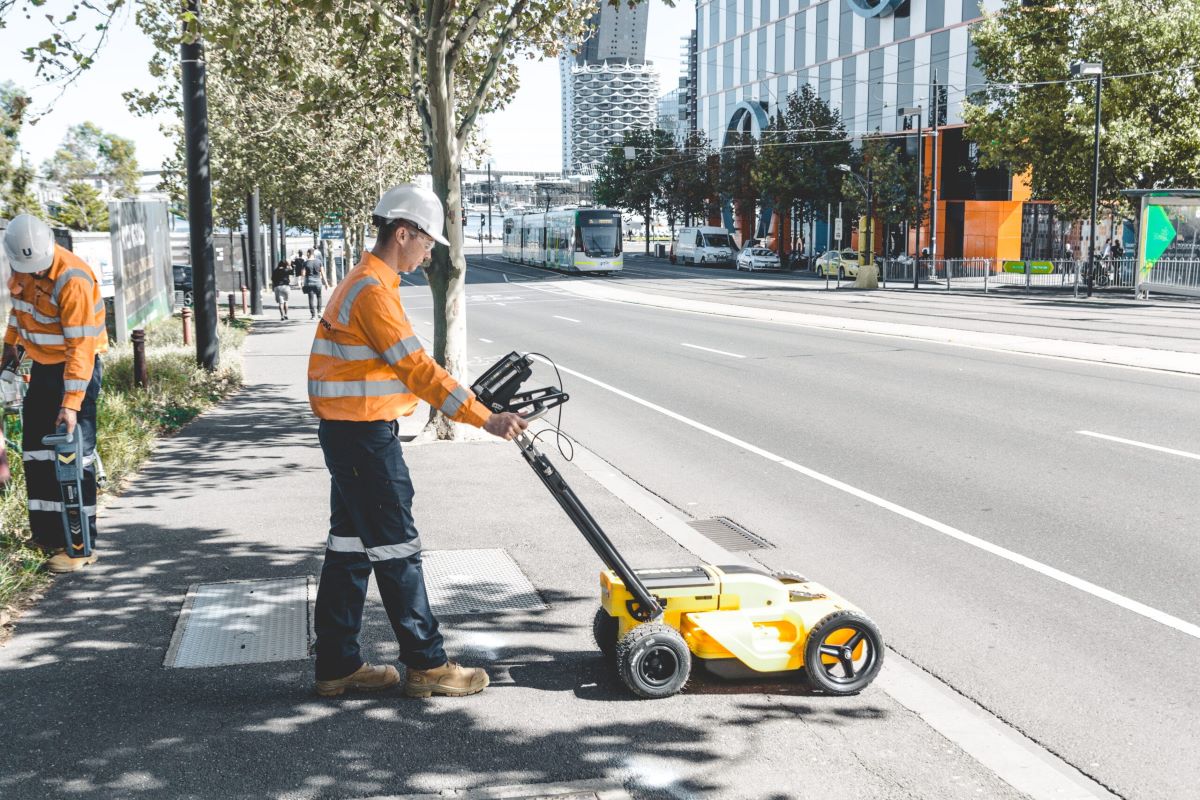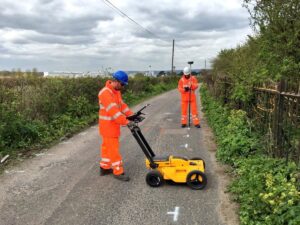In the realm of construction and development, understanding the intricacies of the land is paramount. One critical aspect often overlooked is the presence of underground utilities. These hidden networks, comprising water pipes, gas lines, electrical cables, and telecommunication wires, are the lifelines of modern infrastructure. For developers, the ability to accurately locate these utilities before commencing any project is not just a matter of compliance but a strategic advantage. Underground utility locating services offer a plethora of benefits, ensuring projects are executed safely, efficiently, and cost-effectively.
Understanding Underground Utility Locating Services
What Are Underground Utility Locating Services?
Underground utility locating services involve the use of specialised equipment and techniques to detect and map the presence of utilities beneath the surface. These services are crucial for identifying the exact location of various underground installations, which may include water mains, gas pipelines, sewer lines, and electrical conduits. By providing a detailed map of these utilities, developers can plan their projects with precision, avoiding potential hazards and costly disruptions.
These services employ advanced technologies such as ground-penetrating radar (GPR), electromagnetic location, and radio detection. Each method has its unique advantages, allowing for the detection of both metallic and non-metallic utilities. The choice of technology often depends on the specific requirements of the project and the nature of the utilities involved.
Professional utility locating services are typically conducted by trained technicians who possess the expertise to interpret the data accurately. This ensures that developers receive reliable information, enabling them to make informed decisions about their construction plans.
The Importance of Accurate Utility Mapping
Accurate utility mapping is essential for several reasons. Firstly, it helps prevent accidental damage to existing infrastructure, which can lead to service disruptions, environmental hazards, and significant financial penalties. Secondly, it allows developers to optimise their designs, ensuring that new installations do not interfere with existing utilities. This can result in more efficient use of space and resources, ultimately leading to cost savings.
Moreover, accurate mapping is a legal requirement in many jurisdictions. Failing to comply with regulations regarding utility location can result in hefty fines and legal liabilities. By investing in professional utility locating services, developers can ensure they meet all regulatory requirements and avoid potential legal issues.
Key Benefits for Developers
Enhanced Safety
One of the primary benefits of underground utility locating services is enhanced safety. Construction sites are inherently hazardous, and the presence of unmarked utilities can exacerbate these risks. Accidental strikes on gas lines or electrical cables can lead to explosions, fires, and severe injuries. By accurately locating utilities before excavation, developers can mitigate these risks, ensuring a safer working environment for their teams.
Additionally, knowing the exact location of utilities allows for the implementation of safety protocols and measures tailored to the specific risks present on the site. This proactive approach not only protects workers but also safeguards the surrounding community from potential hazards.
Cost Savings
Cost overruns are a common challenge in construction projects, often stemming from unforeseen complications. Striking an unmarked utility can result in significant repair costs, project delays, and potential fines. By investing in utility locating services, developers can avoid these unexpected expenses, keeping their projects on budget and on schedule.
Furthermore, accurate utility mapping can lead to more efficient project designs, reducing material waste and labour costs. Developers can plan their projects with confidence, knowing that they have a comprehensive understanding of the underground landscape.
Environmental Protection
Protecting the environment is a growing concern for developers and regulators alike. Accidental damage to underground utilities, such as sewage lines or chemical pipelines, can result in environmental contamination. This not only harms local ecosystems but can also lead to costly cleanup efforts and reputational damage.
By utilising utility locating services, developers can minimise the risk of environmental incidents, demonstrating their commitment to sustainable practices. This proactive approach can also enhance a developer’s reputation, making them more attractive to environmentally conscious clients and investors.

Technological Advancements in Utility Locating
Ground-Penetrating Radar (GPR)
Ground-penetrating radar is a non-invasive technology that uses radar pulses to image the subsurface. It is particularly effective for detecting non-metallic utilities, such as plastic pipes and fibre optic cables. GPR provides high-resolution images, allowing for precise mapping of underground utilities. This technology is invaluable for projects in urban areas where multiple utilities may be present in close proximity.
GPR is also useful for identifying anomalies in the subsurface, such as voids or changes in material composition. This additional information can be critical for assessing the stability of the ground and planning excavation activities accordingly.
Electromagnetic Location
Electromagnetic location is a widely used method for detecting metallic utilities. It involves the use of a transmitter to induce an electromagnetic field in the utility, which is then detected by a receiver. This method is highly effective for locating metal pipes and cables, providing accurate depth and position information.
Electromagnetic location is particularly useful for projects involving older infrastructure, where records of utility locations may be incomplete or inaccurate. By providing real-time data, this technology enables developers to make informed decisions and avoid potential conflicts with existing utilities.
Radio Detection
Radio detection is another valuable tool in the utility locator’s arsenal. This method involves transmitting a radio signal along a utility line, which can then be traced using a receiver. Radio detection is effective for locating both metallic and non-metallic utilities, making it a versatile option for a wide range of projects.
The ability to trace utilities over long distances makes radio detection particularly useful for large-scale developments, where utilities may extend across vast areas. This technology allows developers to gain a comprehensive understanding of the underground network, facilitating efficient project planning and execution.
Choosing the Right Utility Locating Service Provider
Experience and Expertise
When selecting a utility locating service provider, experience and expertise should be top considerations. Providers with a proven track record in the industry are more likely to deliver accurate and reliable results. Experienced technicians possess the skills necessary to interpret complex data and provide actionable insights, ensuring that developers receive the information they need to make informed decisions.
Additionally, providers with a diverse portfolio of projects demonstrate their ability to adapt to different challenges and environments. This versatility can be invaluable for developers working on unique or complex projects. Learn more about When to Use Utility Location Services for Property Development
Technology and Equipment
The quality of technology and equipment used by a service provider is another critical factor to consider. Providers that invest in the latest technologies are better equipped to deliver precise and comprehensive utility mapping. Advanced equipment not only enhances the accuracy of results but also improves the efficiency of the locating process, reducing project timelines and costs.
Developers should inquire about the specific technologies and methods employed by a provider, ensuring they align with the needs of their project. A provider that offers a range of locating methods can tailor their services to the unique requirements of each development.

Customer Service and Support
Excellent customer service and support are essential for a successful partnership with a utility locating service provider. Providers that prioritise communication and responsiveness can address any concerns or questions promptly, ensuring a smooth and efficient locating process.
Developers should seek providers that offer comprehensive support throughout the project lifecycle, from initial consultation to post-project analysis. This level of service can enhance the overall experience, providing developers with peace of mind and confidence in their utility locating decisions.
Conclusion
Underground utility locating services are an indispensable tool for developers, offering a range of benefits that enhance safety, reduce costs, and protect the environment. By leveraging advanced technologies and expert insights, developers can navigate the complexities of underground infrastructure with confidence. Choosing the right service provider is crucial, ensuring that projects are executed smoothly and successfully. As the construction industry continues to evolve, the importance of accurate utility locating will only grow, making it a vital component of any development strategy.

